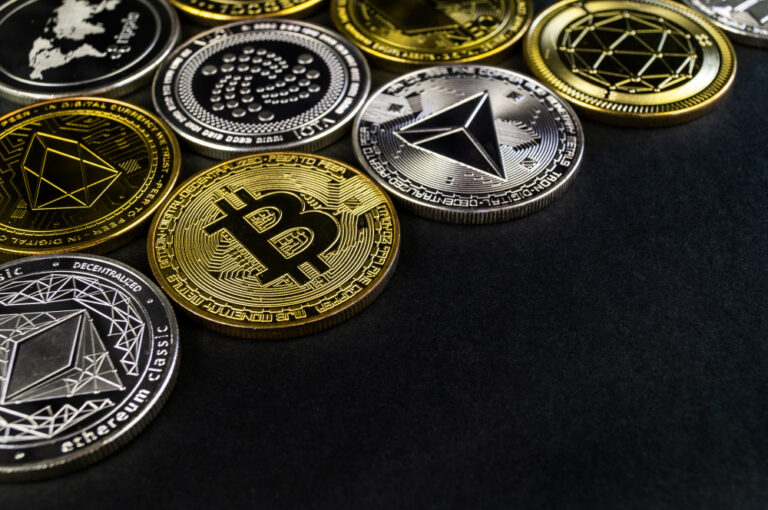Cryptocurrencies have revolutionized the financial world, offering decentralized, secure, and anonymous transactions. Among the many digital currencies, Litecoin (LTC) stands out as one of the most trusted and widely used alternatives to Bitcoin. However, secrets, codes, and addresses are hidden within the blockchain that often go unnoticed. One such enigmatic address is:
ltc1qt2q62q42xfpp7jesrg9v529n6vdjjzflhxtqff
What does this address signify? Is it linked to a hidden fortune, a secret transaction, or something more mysterious? In this blog post, we’ll explore the possible meanings behind this Litecoin address, its significance, and the broader implications of such cryptic elements in the blockchain.
Understanding Litecoin Addresses
Before diving into the specifics of ltc1qt2q62q42xfpp7jesrg9v529n6vdjjzflhxtqff, it’s essential to understand how Litecoin addresses work.
1. Structure of a Litecoin Address
Litecoin addresses typically start with “L,” “M,” or “ltc1” (for SegWit addresses). The ltc1qt… format indicates a native Segregated Witness (SegWit) address, which improves transaction efficiency and reduces fees.
A standard Litecoin address is a cryptographic hash derived from a public key, ensuring security and anonymity. However, unlike traditional bank accounts, blockchain addresses are pseudonymous—meaning that while transactions are public, the owners’ identities remain hidden unless revealed.
2. How Are Addresses Generated?
- Private Key: A random 256-bit number that grants ownership of funds.
- Public Key: Derived from the private key using elliptic curve cryptography.
- Address: A hashed and encoded version of the public key for secure transactions.
Given this, ltc1qt2q62q42xfpp7jesrg9v529n6vdjjzflhxtqff is a valid Litecoin address, but who owns it, and what secrets does it hold?
The Mystery of “ltc1qt2q62q42xfpp7jesrg9v529n6vdjjzflhxtqff”
1. Is It a Wallet for Hidden Wealth?
Blockchain explorers allow anyone to track transactions associated with an address. A quick search for ltc1qt2q62q42xfpp7jesrg9v529n6vdjjzflhxtqff reveals:
- Transaction History: Has this address been involved in large transfers?
- Balance: Does it hold a significant amount of LTC?
- Linked Addresses: Are there connections to known entities or exchanges?
If this address contains a substantial balance, it could belong to a whale (a large-scale investor), a dormant wallet, or even an undisclosed project.
2. Could It Be Part of a Cryptographic Puzzle?
Cryptocurrency enthusiasts often create puzzles or treasure hunts by embedding clues in addresses or transactions. Famous examples include:
- The Bitcoin Puzzle Transactions, where private keys were hidden in artworks.
- Litecoin-based challenges, where users must decode messages to claim funds.
If ltc1qt2q62q42xfpp7jesrg9v529n6vdjjzflhxtqff is part of such a puzzle, analyzing its transaction patterns or metadata might reveal hidden messages.
3. Is It Linked to Darknet Activity?
While Litecoin is less associated with illicit activities compared to Monero or Zcash, its privacy features can still attract anonymous dealings. If this address frequently interacts with mixers or known darknet market wallets, it could indicate undisclosed transactions.
4. A Test Address or Developer’s Wallet?
Many blockchain developers use test wallets for experiments. If this address shows irregular, small, or repetitive transactions, it might belong to a developer testing Litecoin’s network capabilities.
Investigating the Secrets Behind Blockchain Addresses
The reference article from
discusses hidden aspects of cryptocurrency, including:
- Underground Markets: How anonymous wallets facilitate secret trades.
- Lost & Dormant Wallets: Billions in crypto remain unclaimed.
- Encrypted Messages: Some users embed data within transactions.
Applying this to ltc1qt2q62q42xfpp7jesrg9v529n6vdjjzflhxtqff, we can explore:
1. Analyzing Transaction Patterns
Using a blockchain explorer (like blockchair.com or litecoinblockexplorer.net), we can check:
- Incoming/Outgoing Transactions – Are there large movements?
- Timing & Frequency – Does activity spike at certain times?
- Associated Addresses – Are there links to exchanges or known entities?
2. Checking for Embedded Data
Some users encode messages in:
- OP_RETURN fields (small metadata attachments in transactions).
- Transaction amounts (sending tiny amounts in patterns).
If this address has unusual transaction values, it might contain hidden information.
3. Exploring Ownership Clues
While blockchain is anonymous, investigators sometimes trace wallets via:
- Exchange leaks (if the address was used on a hacked platform).
- Public claims (if someone admits ownership).
- Linked IPs (though rare due to privacy measures).
Broader Implications: Privacy vs. Transparency in Crypto
The existence of addresses like ltc1qt2q62q42xfpp7jesrg9v529n6vdjjzflhxtqff highlights the dual nature of blockchain:
Transparency: All transactions are publicly verifiable.
Privacy: Real-world identities remain hidden unless exposed.
This duality fuels debates around:
- Regulation: Should governments track crypto movements?
- Security: How can users protect their wallets?
- Ethics: Is complete financial anonymity desirable?
Conclusion: The Enigma Persists
The Litecoin address ltc1qt2q62q42xfpp7jesrg9v529n6vdjjzflhxtqff remains shrouded in mystery. Whether it holds a fortune, serves as part of a puzzle, or belongs to an anonymous entity, its existence underscores the fascinating and secretive nature of blockchain technology.
As cryptocurrencies evolve, so too will the stories hidden within their addresses. For now, the secrets of ltc1qt2q62q42xfpp7jesrg9v529n6vdjjzflhxtqff remain locked behind cryptographic walls—waiting for the right key to unveil them actvid.


